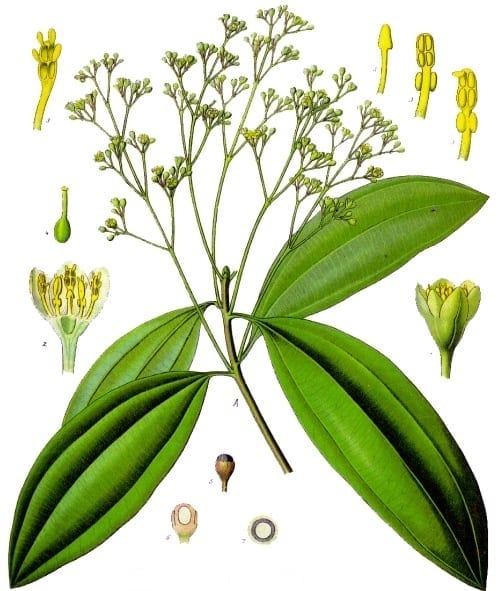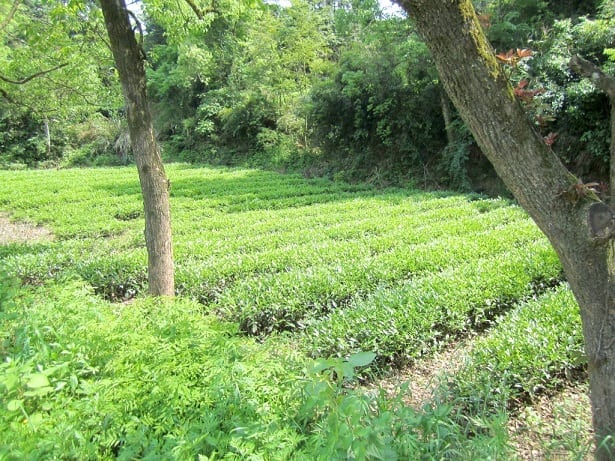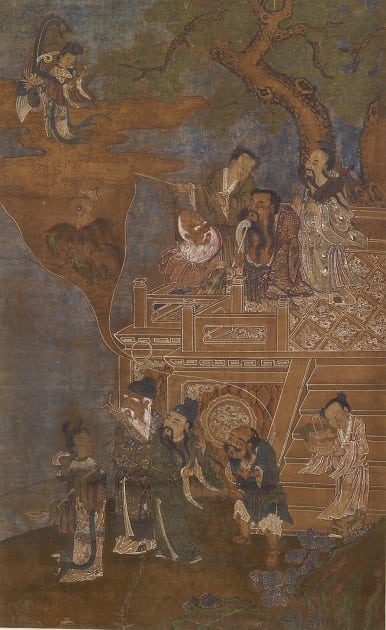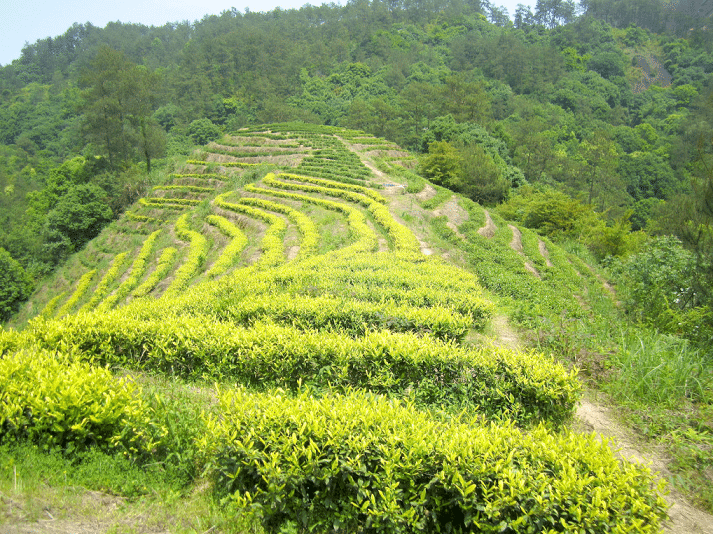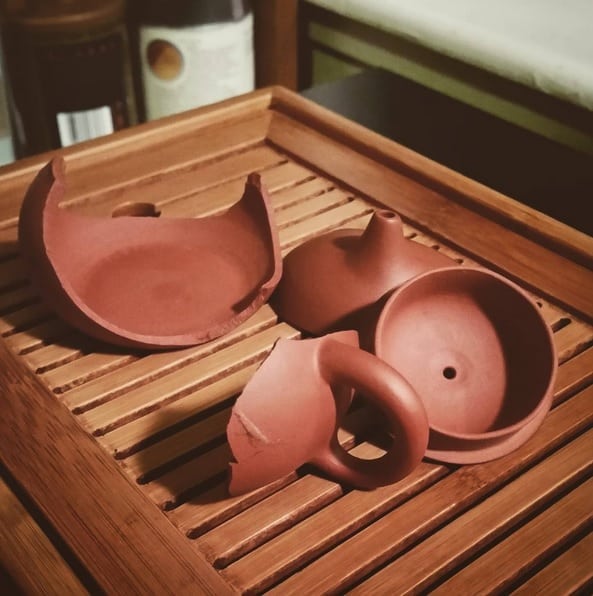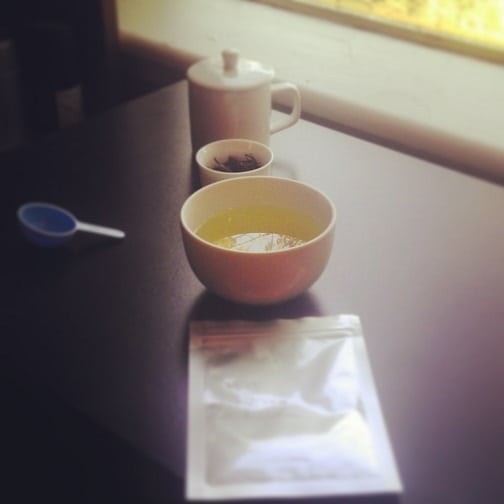Seven Days of Seven Cups, Day 7 – “Da Hong Pao: My Old Nemesis”
Da Hong Pao (“Big Red Robe”) . . . my old nemesis . . . we meet again.
Now, I’ve gone on record several times over the years as saying that Da Hong Pao was one of my least favorite oolongs. Sure, I had a few I liked, but the amount I disliked far outweighed that. That all changed in November of last year when I had an original “mother bush” Qi Dan Da Hong Pao. And for some reason—as I stated in earlier entries—it forever changed my palate. Wuyi oolongs were now welcomed to my tea tray.
However, I still remained hesitant toward commodity Da Hong Pao. What’s the difference? Allow me to explain.
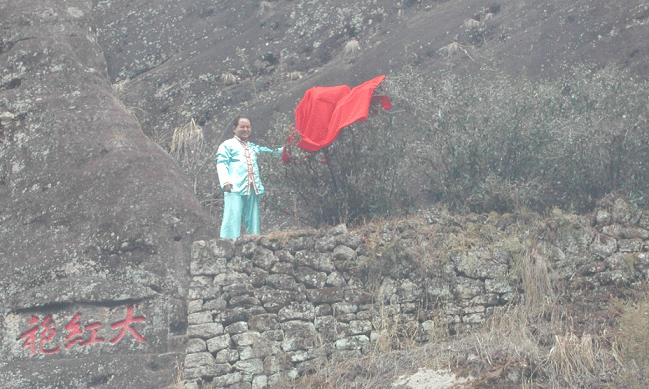
The six (allegedly) original Da Hong Pao (Big Red Robe) tea bushes; image owned by Seven Cups.


